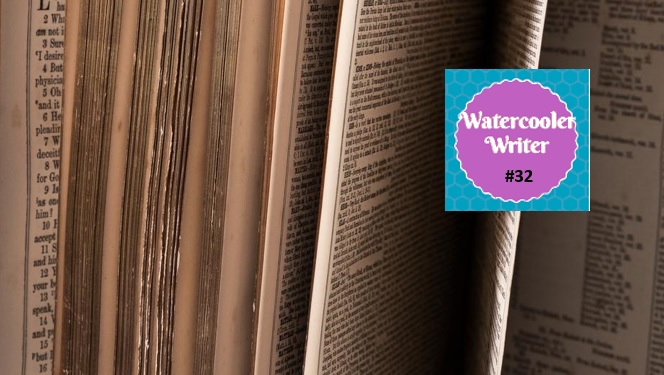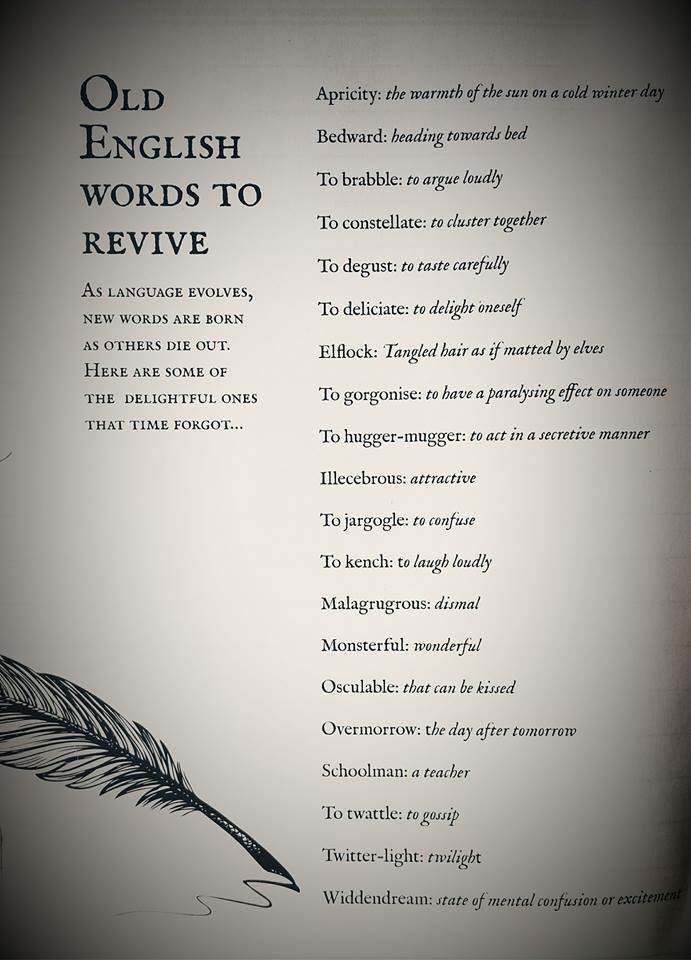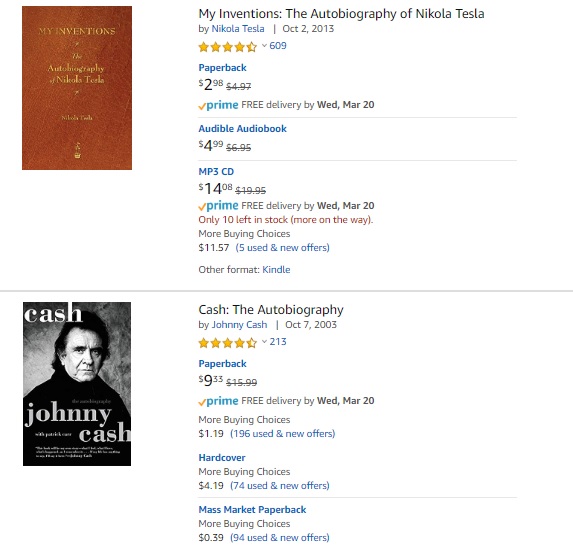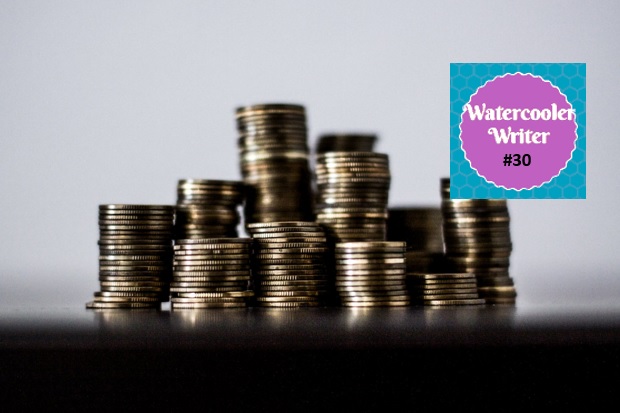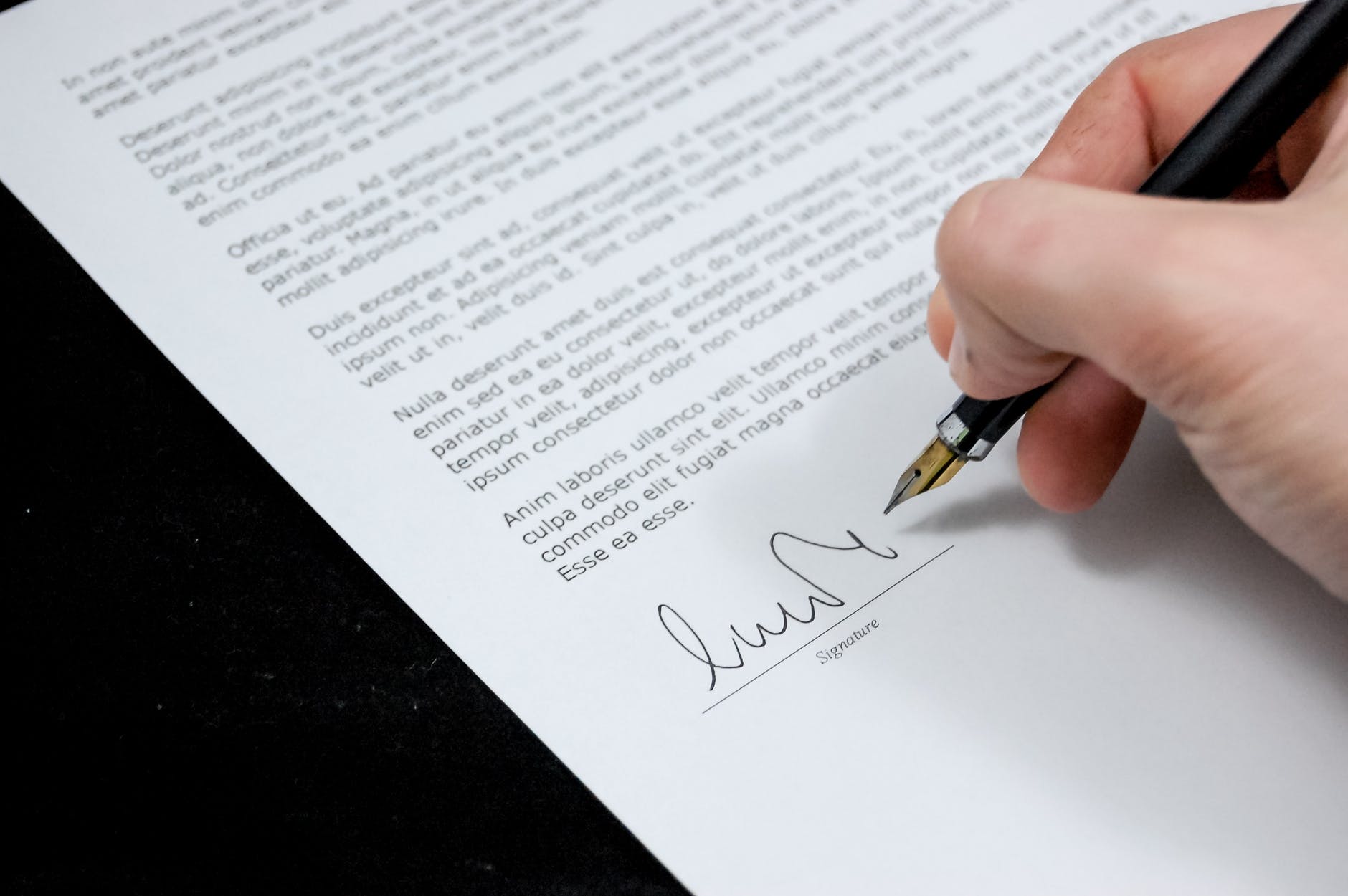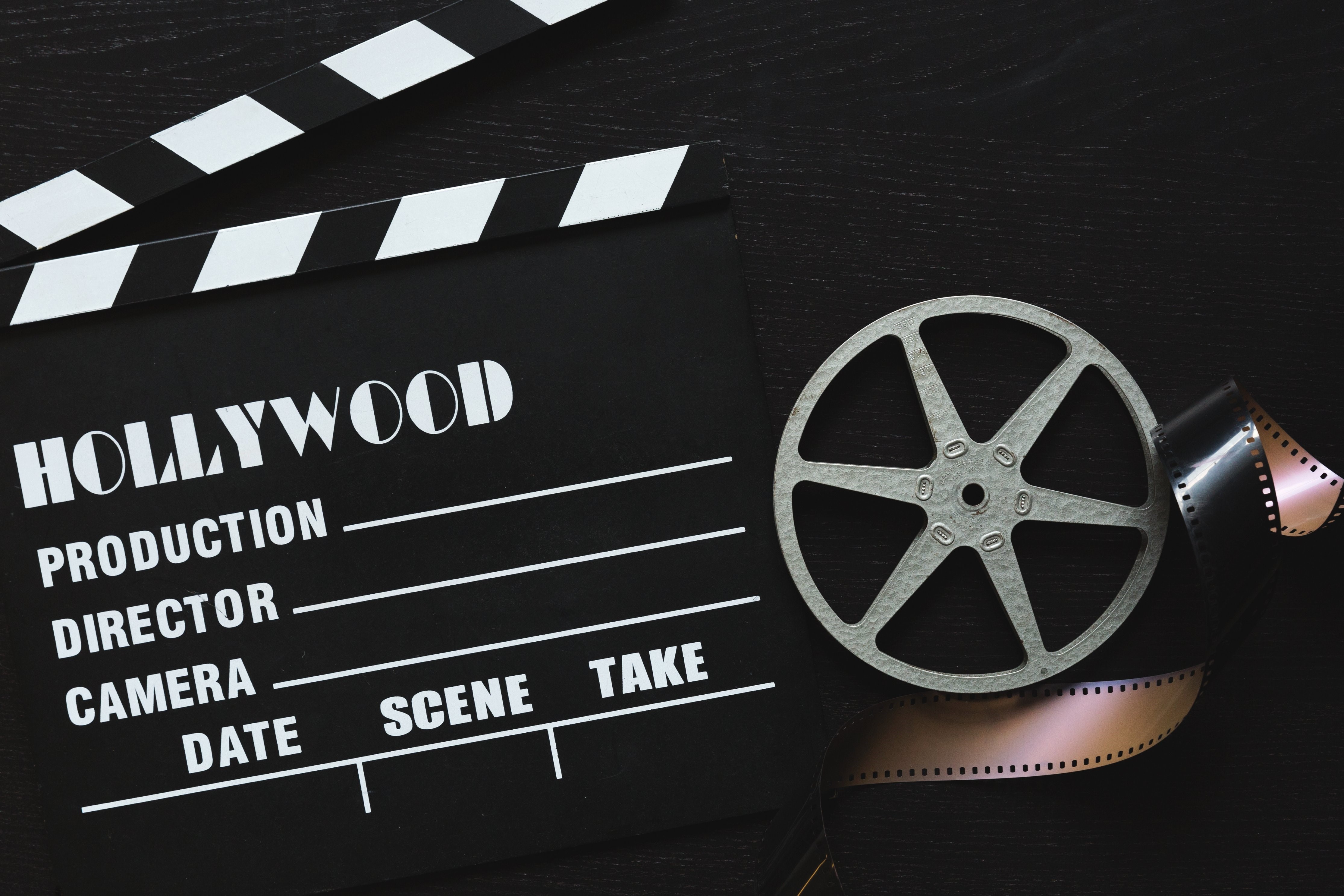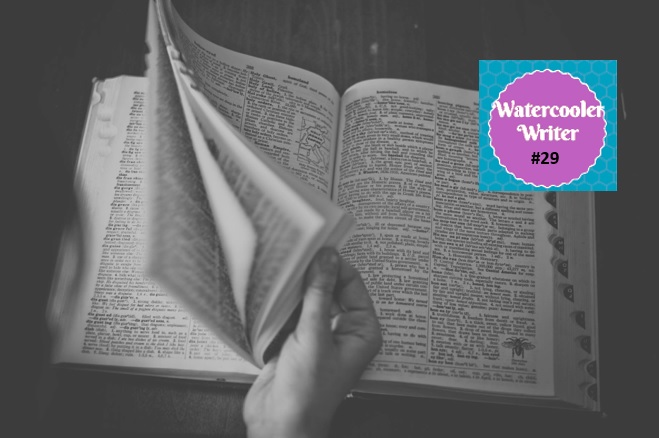You have completed all of the requirements for your RFP, and are almost ready to submit it. But, you’re wondering if you need to include an executive summary.
While not all RFPs call for an executive summary, some do —and some will even provide you a template for the summary. However, if the RFP does not specify any guidelines or requirements, you may still decide that including an executive summary could enhance your prospects. The question is, though, what should your executive summary include?
Here are a few tips to help you craft the most effective RFP executive summary possible.
What is an executive summary?
Let’s start with what an executive summary is not. It is not a string of bullet points or a cut and paste job, however tempting. While it should be the last thing you write, it should not be a mere afterthought. Like your cover letter, the executive summary should be a positive reflection of your organization.
A good executive summary is a condensed version of your proposal.
It provides an overview of the proposal’s contents without repeating details verbatim. The executive summary may well be the first thing a reviewer reads but it is not an introduction. This article from pediaa.com explains the difference between an executive summary and an introduction.

A good executive summary has a compelling, even pithy, lead.
It should capture the reader’s attention but strike a tone appropriate for your audience. The first sentence or two should convince the reader that the summary, and what follows, is worth their while. For example, a service provider responding to an RFP might lead with something like, “Quick. Reliable. Secure. That’s our promise to you.” Then, what follows would describe how the proposed deliverables demonstrate these qualities.
A good executive summary is concise, with short paragraphs.
The shorter the better. One page should suffice. More than two pages is too much and risks losing the reader. Short paragraphs provide white space, allowing the reader to move quickly through the text. Consider the following examples from incontextdesign.com. Like Goldilocks, you’ll want your spacing to be ‘just right.’

A good executive summary stands on its own.
Most persons reading the summary will no doubt be reviewers required to read the entire proposal. However, should anyone read only the summary, they should finish it with an understanding of all the proposal’s key elements.
In sum, the executive summary deserves your time and effort, should you need, or choose, to do one. Consider writing a draft and letting it rest overnight. (You know, like you did with that long, angry email.) Fresh eyes provide a whole different perspective, highlighting points you may have overlooked and focusing your mind on what’s most important.
An here’s one final tip: Consider letting someone else write a first draft. Like the proofreader who has never seen a draft can spot things the writer or editor missed, someone who has never seen your draft can provide an even fresher pair of eyes. Would someone else tease out the same key points as you?
Good luck!


